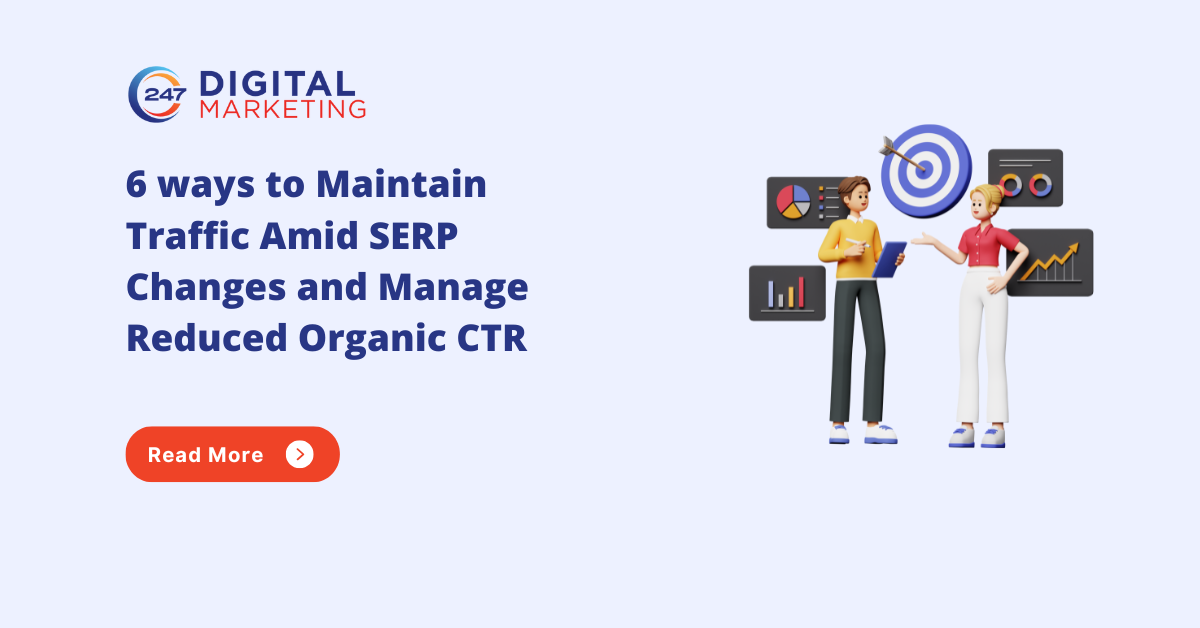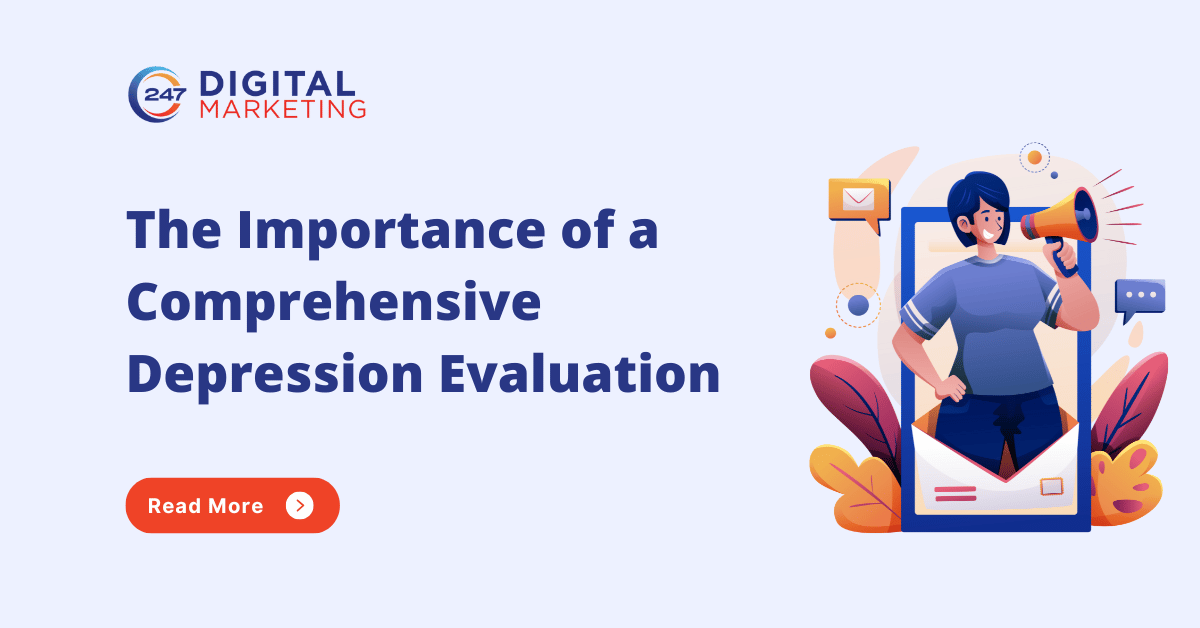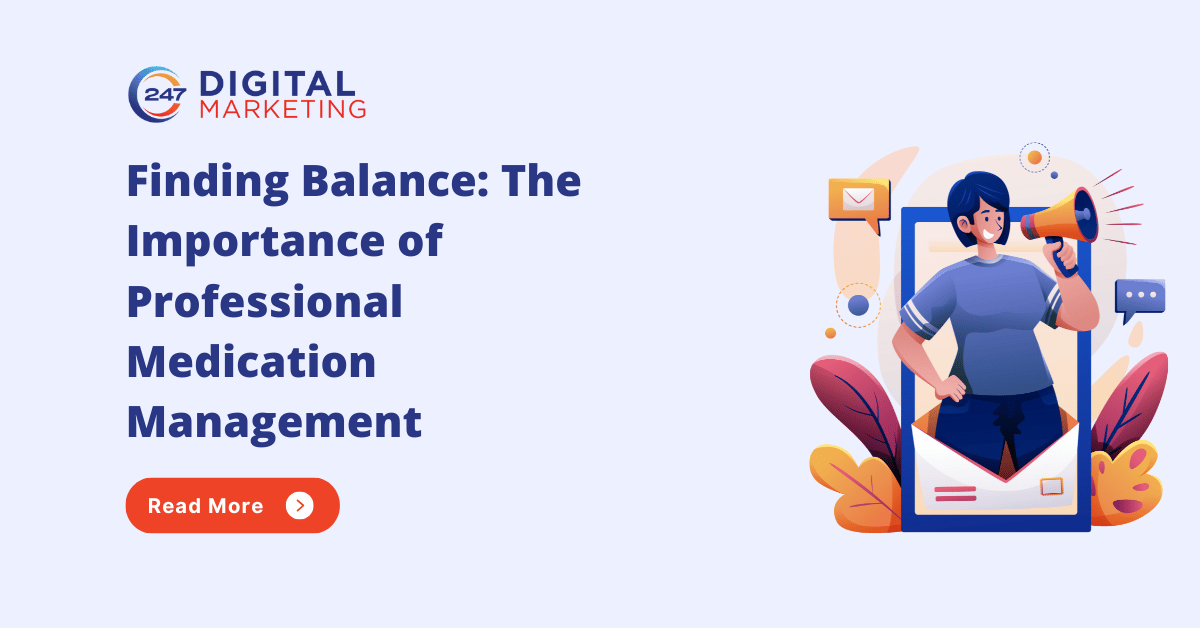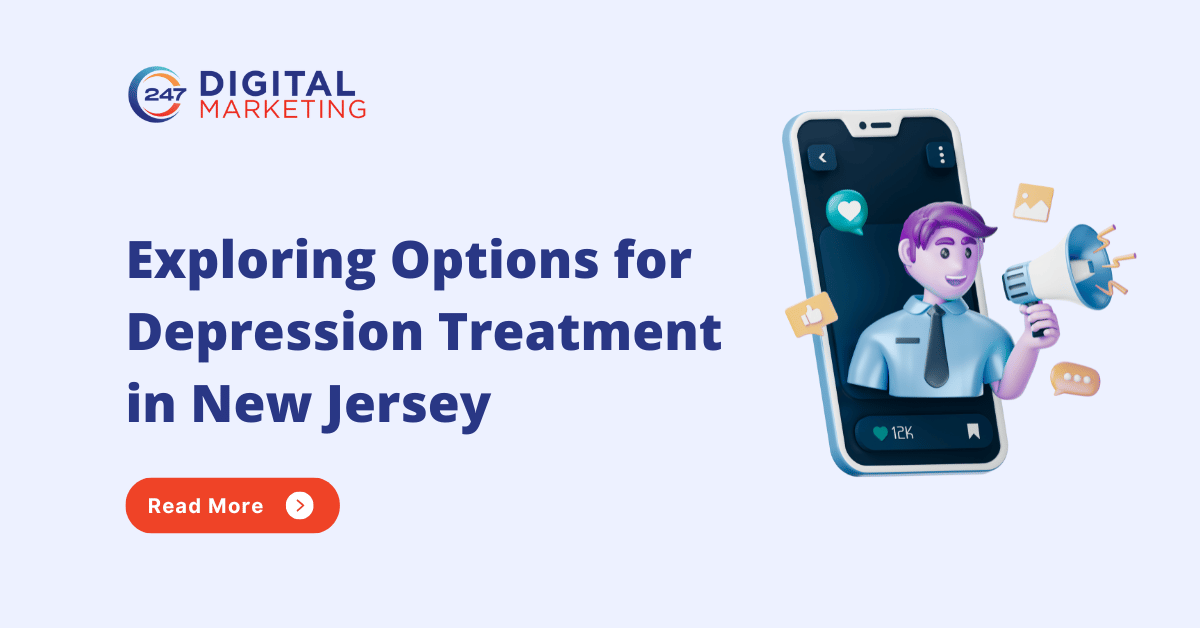6 ways to Maintain Traffic Amid SERP Changes and Manage Reduced Organic CTR

Search engine results pages (SERPs) have evolved dramatically. With the rise of AI-powered tools like Google’s AI Overviews (formerly Search Generative Experience), ChatGPT Search, Bing Copilot, and other intelligent features, users can now get summarized answers directly on the results page. This shift reduces the need to click through multiple links, which has led to declining click-through rates (CTR) for many websites, even when rankings remain stable.
While these changes can feel challenging, they also present opportunities. Businesses that adapt their SEO strategies to the new SERP landscape can maintain visibility, drive relevant traffic, and stay competitive.
Understanding Google SERP Changes and Their Impact on Traffic
Traditional SEO focused heavily on ranking in the top positions of search results. Today, that’s only part of the picture. Modern SERPs feature rich, dynamic elements that prioritize instant answers and enhanced user experiences. Brands must now think in terms of overall SERP presence rather than just ranking.
Key SERP elements include:
- AI Overviews (SGE): Generative answers at the top of search results that summarize multiple web pages. This is Google’s biggest shift yet, often reducing the need for users to click.

- Featured Snippets: Highlighted content boxes (also called “position zero”) that provide direct answers to queries.

- People Also Ask (PAA): Expandable dropdowns showing related questions and brief answers.
- Local Packs: Listings for local businesses, including name, rating, address, and map location, appearing above traditional results.
- Knowledge Panels: Authoritative information panels that summarize entities like brands, people, or organizations.
- Perspectives and Discussions: Content from forums, social platforms, and community Q&A sites.
- Visual Carousels and “Things to Know”: Videos, infographics, and multimedia elements that draw attention away from text links.
These features are changing user behavior. For example, research shows featured snippets capture 67% of organic CTR in some cases, while traditional organic results still average around 28% CTR. Understanding these shifts is essential for maintaining traffic.
What Is a Good CTR for Organic Search in 2025?
With AI-driven SERP elements, the definition of “good” CTR is relative:
- Non-AI searches (classic SERPs): Top result CTR 20–25%
- AI Overview-triggered searches: Top result CTR 15–19%
- Mobile vs. desktop: Mobile CTRs trend 10–12% lower
- Branded vs. non-branded queries: Branded queries can still exceed 30% CTR
Even if fewer users click, appearing in AI Overviews and featured snippets provides visibility and brand impressions, which carry measurable value over time.
6 Strategies to Maintain and Boost Traffic and CTR
Maintaining strong website traffic in 2025 requires adaptability and strategic thinking. Ranking alone is no longer enough. Here are six strategies to stay visible and counter declining organic CTR.
1. Optimize for Featured Snippets, Rich Results, and AI Overviews
Featured snippets and AI Overviews give you prime SERP real estate. Structuring content for these elements can reclaim lost visibility.
Best practices include:
- Start sections with short, clear answers (40–70 words) before expanding details.
- Use descriptive headers (H2/H3) that mirror natural search queries.
- Include TL;DR boxes or summaries for quick scanning.
- Add “how-to,” “pros/cons,” or definition sections that AI can summarize.
- Link concise answers to in-depth pages to boost user engagement.
For example, a plumbing company might create step-by-step guides for “how to fix a leaking faucet,” increasing the chance of appearing in snippets and AI Overviews. By matching search intent and providing actionable content, you can expand your SERP footprint significantly.
2. Implement Structured Data Markup
Structured data (Schema.org) helps search engines understand your content, leading to enhanced SERP features like rich snippets and AI summaries.
Priorities in 2025 include:
- Product, Review, and VideoObject schema
- Organization and Author markup for E-E-A-T signals
- Breadcrumb and Article schema for contextual depth
- JSON-LD formatting for AI parsers
Proper schema can improve CTR by highlighting additional information, such as ratings, pricing, and video previews, which encourages clicks even when traditional organic results are competing with AI-generated summaries.
3. Leverage Long-Tail and Conversational Keywords
Users now search in full sentences, often resembling AI prompts. Optimizing for long-tail, natural-language keywords attracts more qualified traffic.
Examples:
- Instead of “marketing automation,” target “best marketing automation software for real estate agents.”
- Incorporate question-based queries from “People Also Ask” to create clusters of content that address related topics.
Aligning content with conversational search intent ensures your pages are relevant to both AI and human searchers.
4. Strengthen Your Local SEO Strategy
Local Packs are increasingly important for location-based queries, especially as AI Overviews pull from Google Business Profile (GBP) data.
Steps to optimize:
- Keep NAP (Name, Address, Phone) consistent across directories.
- Gather and respond to customer reviews, which feed into AI-generated local answers.
- Use location-based structured data and geotagged images.
- Track map pack engagement via GA4 and Google Search Console.
Strong local SEO(Search Engine Optimization) ensures visibility when AI-driven tools reference local businesses.
5. Publish High-Quality, Engaging Content
Content remains the foundation of SEO, but Google now values E-E-A-T (Experience, Expertise, Authoritativeness, Trustworthiness) even more. High-quality content performs better in traditional rankings and AI-generated summaries.
Tips for creating strong content:
- Include author bios highlighting credentials or experience.
- Add original data, quotes, or case studies.
- Use mixed media videos, infographics, or short clips to increase engagement.
- Optimize headings for clarity and SEO, ensuring they are concise and keyword-rich.
Well-crafted content earns visibility across SERPs, featured snippets, and AI Overviews.
6. Diversify Your Traffic Sources
Relying solely on organic clicks is risky. Expanding traffic sources helps maintain stability as SERPs evolve.
Strategies include:
- Paid campaigns targeting high-intent audiences.
- Content marketing to grow thought leadership and gain AI citations.
- Social media marketing with short-form videos and carousels.
- Email marketing and retargeting to keep your brand visible.
For instance, a sneaker boutique partnered with a digital marketing agency to address missing location data and inconsistent links while running social media ads and paid campaigns, boosting overall traffic despite declining organic CTR.
Preparing for and Managing Reduced Organic CTR
Even well-optimized pages can experience CTR dips due to SERP changes. To stay competitive:
- Use analytics tools (GA4, Search Console)
- Track which queries trigger AI Overviews
- Compare CTR by device, country, and search feature
- Set alerts for sudden CTR dips
- A/B test meta titles and descriptions
- Experiment with emotional hooks, numbers, and conversational phrasing
- Refresh older titles regularly
- Add visuals and multimedia
- Thumbnails, video schema, and short clips improve CTR by up to 4% on average
Agility, not panic, is key. Monitoring trends and adjusting strategies quickly helps maintain resilience in a zero-click environment.
Embracing the Evolving Search Landscape
Organic search is not dying it’s evolving. AI-driven features are claiming more digital real estate, but businesses that adapt will continue to thrive. Diversifying SEO efforts across AI summaries, social platforms, and paid campaigns ensures sustained visibility.
At 247 Digital Marketing Agency, a leading Digital Marketing Agency in USA, we combine AI SEO, content marketing, PPC, and social media strategies to help businesses maintain traffic, even as SERPs evolve. Since 2010, we’ve helped brands navigate Google updates, AI rollouts, and algorithm changes to achieve sustainable growth.
Since 2010, we’ve helped brands navigate Google updates, AI rollouts, and algorithm changes to achieve sustainable growth. Businesses that embrace these strategies will continue to attract traffic, maintain relevance, and build long-term trust, even in a world of zero-click search.
Conclusion
The modern SERP landscape demands a multi-faceted SEO approach. By optimizing for AI summaries, structured data, long-tail keywords, local SEO, high-quality content, and diversified traffic channels, you can maintain visibility and drive results. CTR may decline, but strategic adaptation ensures your brand remains discoverable, credible, and competitive in 2025 and beyond.
Mitesh Patel is the co-founder of 247 Digital Marketing, LawFirm Marketing and a columnist. He helps companies like Emerson and other top Fortune 500 compnies to grow their revenue.




